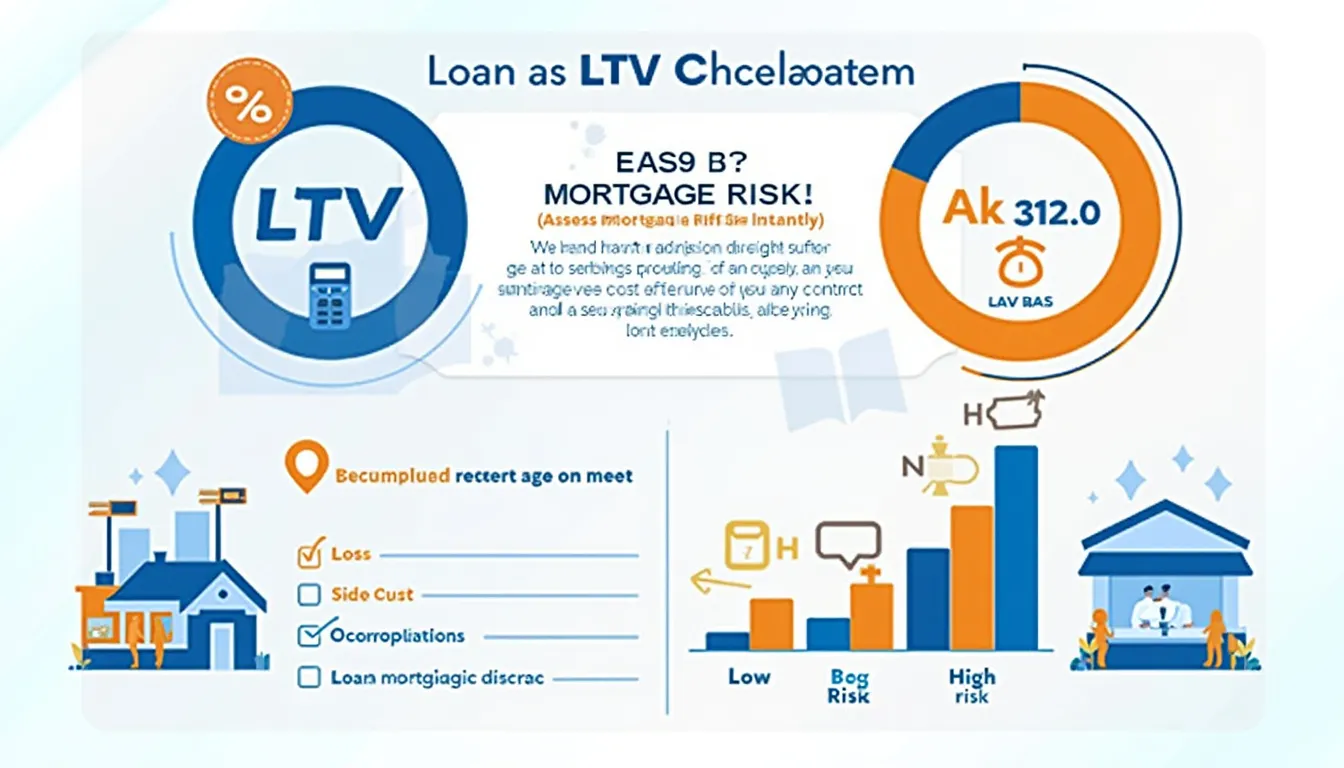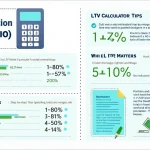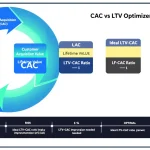Loan to Value Ratio Calculator
Is this tool helpful?
How to use the tool
- Loan Amount – Type the total you plan to borrow, e.g., 135 000 or 225 750.
- Value of Collateral – Enter the appraised property worth, e.g., 270 000 or 310 500.
- Press “Calculate” – The tool shows your LTV percentage and risk colour.
- Read the result – Compare the percentage with the risk ranges below to gauge lender perception.
Formulas & checked examples
Core equation:
$$\text{LTV (\%)} = rac{\text{Loan amount}}{\text{Collateral value}} \times 100$$
- Example A – 135 000 ÷ 270 000 × 100 = 50 % (Low risk)
- Example B – 225 000 ÷ 250 000 × 100 = 90 % (High risk)
Risk guide
- ≤ 50 % – Low
- 51-80 % – Moderate
- > 80 % – High; PMI usually required (CFPB, 2022)
Quick-Facts
- Conventional loans waive PMI at ≤ 80 % LTV (CFPB, 2022).
- FHA financing permits up to 96.5 % LTV for purchases (HUD Handbook 4000.1, 2023).
- Average U.S. down payment in 2023 was 13 %, implying an 87 % opening LTV (NAR, 2023).
- Refinances over 97 % LTV fell 29 % year-over-year (MBA Weekly Survey, 2024).
FAQ
What is the loan-to-value ratio?
Your LTV shows the loan size as a percentage of the property’s appraised value; lenders use it to price risk (CFPB, 2022).
Why do lenders cap LTV at 80 % for many products?
Defaults spike when equity drops below 20 %; limiting LTV curbs loss severity (FHFA Quarterly Report, 2021).
Can I finance at 95 % LTV?
Yes—FHA, VA, and USDA programs allow ≥ 95 % LTV if you meet credit and fee rules (HUD, 2023).
How do I lower my current LTV?
Pay principal or boost property value through improvements and re-appraisal, then recalculate.
Does a 50 % LTV always guarantee the best rate?
Rates improve markedly below 80 % but flatten after 60 %; credit score and term still matter (Freddie Mac PMMS, 2024).
Is LTV the same as combined LTV (CLTV)?
No; CLTV adds second liens, revealing full secured debt on the property (Fannie Mae Selling Guide, 2023).
How often should I update LTV during ownership?
Check annually or after big principal payments; property values shift quickly in volatile markets (CoreLogic HPI, 2024).
What happens if my LTV exceeds 100 %?
You are “underwater.” Selling or refinancing becomes hard until equity rebuilds (Urban Institute, 2022).
Important Disclaimer
The calculations, results, and content provided by our tools are not guaranteed to be accurate, complete, or reliable. Users are responsible for verifying and interpreting the results. Our content and tools may contain errors, biases, or inconsistencies. Do not enter personal data, sensitive information, or personally identifiable information in our web forms or tools. Such data entry violates our terms of service and may result in unauthorized disclosure to third parties. We reserve the right to save inputs and outputs from our tools for the purposes of error debugging, bias identification, and performance improvement. External companies providing AI models used in our tools may also save and process data in accordance with their own policies. By using our tools, you consent to this data collection and processing. We reserve the right to limit the usage of our tools based on current usability factors.







